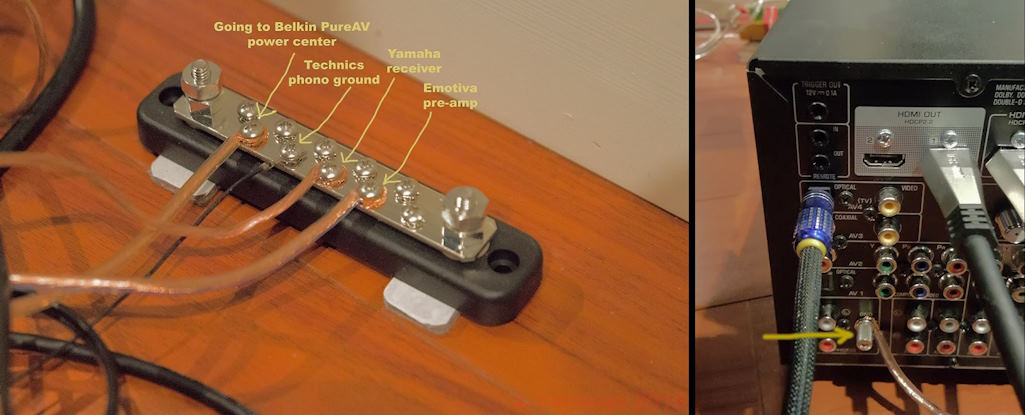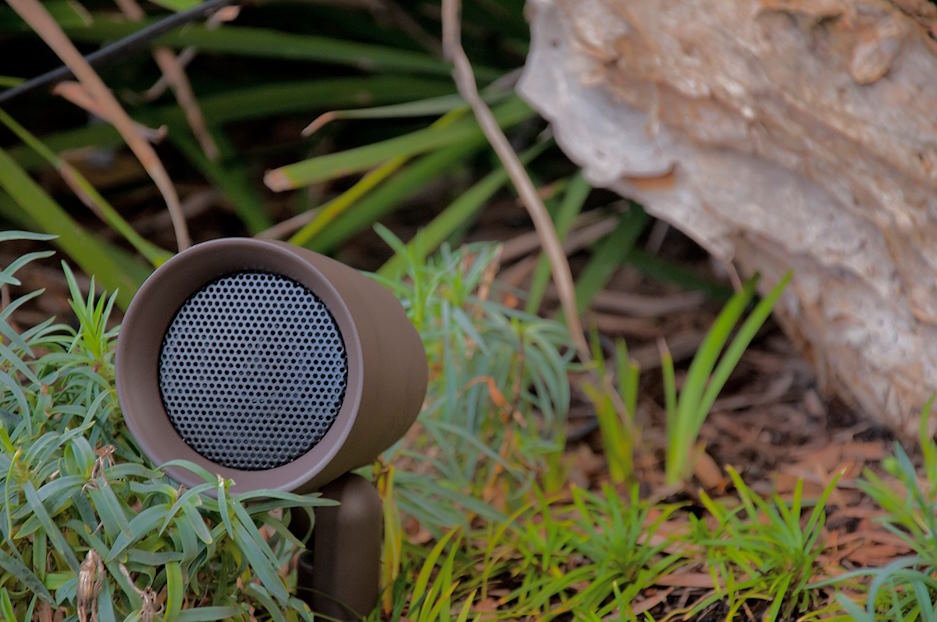Receiver Grounding for Outdoor Audio Systems: Challenges and Solutions
Outdoor audio systems have become an integral part of our lives, transforming backyards, patios, and outdoor spaces into immersive entertainment hubs. From enjoying music by the poolside to hosting movie nights under the stars, these systems bring a new dimension to our outdoor experiences. Yet, beneath the harmonious melodies and crisp dialogue lies a critical aspect that often goes unnoticed – receiver grounding. The efficacy of outdoor audio systems hinges on their ability to operate seamlessly in various weather conditions while delivering high-quality sound. Receiver grounding plays a pivotal role in ensuring not only optimal audio performance but also safety.
Challenges in Outdoor Audio Environments
When it comes to setting up outdoor audio systems, addressing the great outdoors can introduce a distinctive set of challenges. A significant aspect of these challenges involves determining how to ground a receiver effectively in outdoor audio configurations. These challenges frequently revolve around three key areas impacting receiver grounding in such setups.
Environmental factors affecting receiver grounding
- Weather Conditions: The weather is perhaps the most significant environmental factor that can impact outdoor audio systems. Exposure to rain, snow, and extreme temperatures can pose serious threats to receiver grounding. Rainwater can accumulate and create potential grounding issues, and temperature fluctuations can affect the integrity of grounding materials over time. Effective grounding solutions must account for these weather-related challenges to maintain a safe and reliable audio system.
- Soil Composition: The composition of the soil where your outdoor audio system is installed can also affect receiver grounding. Soil types with low conductivity can impede the efficient dissipation of electrical currents, potentially leading to safety concerns and interference. Grounding systems need to be adapted to soil conditions, ensuring proper connectivity and safety.
Electromagnetic Interference in Outdoor Settings
Electromagnetic interference (EMI) is another significant challenge in outdoor audio environments. Power lines, nearby electronic devices, and even natural phenomena like lightning can introduce EMI, leading to signal degradation or disruptions. Shielding and proper grounding techniques are essential to mitigate EMI’s impact on your outdoor audio system.
Safety Concerns and Compliance with Electrical Codes
Last but not least, safety should always be a top priority when dealing with outdoor audio systems. Compliance with electrical codes and regulations is essential to protect both people and property. Failing to meet these standards can lead to dangerous situations, and it’s vital to ensure that your grounding solutions are not only effective but also in accordance with local electrical codes.
Solutions for Receiver Grounding
As we’ve explored the challenges posed by outdoor audio environments, it’s essential to shift our focus towards practical solutions. Receiver grounding is the linchpin of a reliable and safe outdoor audio system, and understanding the techniques and best practices can make all the difference in your outdoor entertainment setup.
Grounding Techniques and Best Practices
- Rod and Wire Grounding: One of the most common and effective grounding techniques involves the use of grounding rods and wires. Grounding rods are typically copper or aluminum and are driven deep into the ground to establish a secure electrical connection. Copper wires are then used to connect the grounding rod to the audio system components, ensuring a low-resistance path for electrical currents.
- Grounding Stakes and Plates: Grounding stakes and plates are alternative solutions to grounding rods. Stakes are hammered into the ground, while plates are buried horizontally. These options can be more practical in situations where driving a rod deep into the earth isn’t feasible. The key is to ensure good conductivity and a secure connection to the audio system.
Grounding Conductors and Materials
Selecting the right grounding conductors and materials is crucial. Copper is a highly conductive material commonly used for grounding conductors. It’s corrosion-resistant and durable, making it an ideal choice. Additionally, proper connectors and clamps must be used to secure connections and minimize resistance.
Surge Protection and Isolation Techniques
To safeguard your outdoor audio system from power surges and transients, consider incorporating surge protection devices and isolation techniques. Surge protectors can divert excess electrical energy away from your equipment, preventing damage. Isolation transformers can also help eliminate ground loops, reducing interference and noise.
Grounding for Different Audio System Components
- Amplifiers: Amplifiers are the powerhouse of your audio system. Proper grounding ensures stable power distribution and reduces the risk of electrical damage. Ground amplifiers directly to a grounding rod or plate, and use high-quality conductors to minimize resistance.
- Speakers: Grounding speakers prevents unwanted noise and interference. Connect the speaker enclosure to the ground, ensuring a clear path for electrical currents. Ground stakes or plates can be used, depending on the environment.
- Audio Sources: Grounding audio sources, such as media players or DJ equipment, is vital to maintain signal quality. Use grounding cables to establish a direct connection to the ground, reducing the risk of noise and interference.

